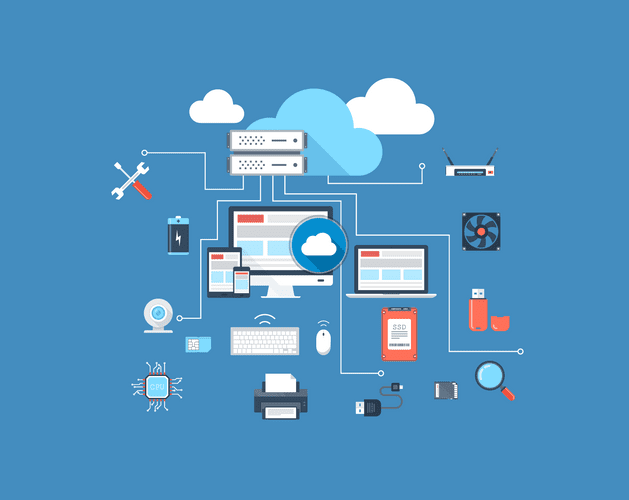The Changing Operations Landscape
Here at Softcat we continually work with organisations to assess and review workloads as a way of defining the right platform for services to run. As the boundaries of IT extend to hybrid cloud and/or haute technologie (Read the associated article by my esteemed colleague Craig Lodz), the ways in which these services are managed, monitored, charged, analysed and proactively react to real time events are becoming increasingly challenging, but more important than ever.

In many cases the existing management and monitoring tools that maintain an on-premise environment do not scale to accommodate the complexities, changing architecture models, security posture or provide any sort of intelligence that spans to public cloud. Many of the public cloud platforms certainly provide proprietary tools and serve to deliver an adequate starting point, but they are very much limited to those environments, so additional tools and processes need to be considered to incorporate an on-premise to public cloud model.
The Hidden Infrastructure
It's best to understand that in the world of public cloud you have no direct access to the infrastructure. In traditional models, you can see the tin, the lights, boot bare metal, control the physical security, see the physical network and in many cases, maintain all associated components. Basically, organisations control the myriad of interdependencies from the datacentre to the applications, which in turn are all tightly knitted together.
However, in cloud, this model is quickly broken which means a need to adopt a different mode of digital operations management that proactively analyses and dynamically reacts to events. Suddenly we find ourselves in a series of operational areas ensuring the application being delivered meets the on-going demands for the business and is not overly concerned with the underlying infrastructure. The application serves the business so must adapt and pre-empt the right level of service. This can only happen when we start to focus on benchmarking patterns, capturing real-time information and reviewing application performance, whereby the monitoring tools become an essential component when planning and considering cloud adoption.
When using cloud there will be very little information instantly available or standard documentation aligned to the deployment of an application. This must be performed as a proactive part of any application plan, test and go live, and serve as an operating layer of the cloud. Data access times, thread counts and Key Performance Indicators (KPI) mean the infrastructure will become hidden, but the application becomes the continual focus point to drive the right service models.
Changing the culture as well as the tools
We believe the typical SysAdmin operational role is evolving and will continue to do so. Being able to link the on-premise and public cloud environments is critical for businesses looking to digitally transform. We also still need to consider backups, disaster recovery, archiving, working with best-practice architecture frameworks as well as continual application deployments. We believe the market is moving towards a single management platform with the need to plug in to API driven aggregation tools that offer intelligence and data analytics and in turn proactive actions to create a true dynamic and elastic environment.
These tools will serve to create an action in real-time that will proactively respond and produce an automated outcome. This is where learning parameters, automation and development cycles will truly start to drive business transformation. But to achieve this level of service the change with existing behaviour and culture of many IT teams will need to be embraced. It's fair to say that you cannot just embark on cloud transformation without looking at the tools but more importantly the skillsets you currently have need to adapt to meet this ongoing and continual challenge.
A new day means a new way
As we see the deployments of more services to public cloud and the consolidation of on-premise to hyper converged platforms, the need to address the application service levels should become the main factor. Should we worry about the infrastructure? Yes, it’s still a factor. But when we focus on true digital transformation, monitoring and maintaining a datacentre and the associated Infrastructure, this should be performed by another party. Your business should focus on what your business should be doing, which in most cases means improving your customer’s experience.
With continual and increasing investment in technology, embracing digital in the modern world provides the opportunity to reach a wider audience. The main aim is to improve how your business functions by how applications are delivered, how they are used and how they can be improved, but it will take insight aligned to data.
Improving the experience is where IT need to focus efforts and operational support. To embrace this change is as important as ever but it does require a shift to a new way of working with a new set of supporting tools and capabilities.
How can we help?
Here at Softcat we can help you make some key decisions on how you move forward to adopt a different way of achieving operating success when adopting cloud. We can help reduce your cloud spend and provide analytics to get you started and improve how cloud adoption can work for your business. Please get in touch and take advantage of one of our cloud strategy workshops as part of the Softcat Cloud Adoption Framework – using the button below or through your Softcat account manager.

